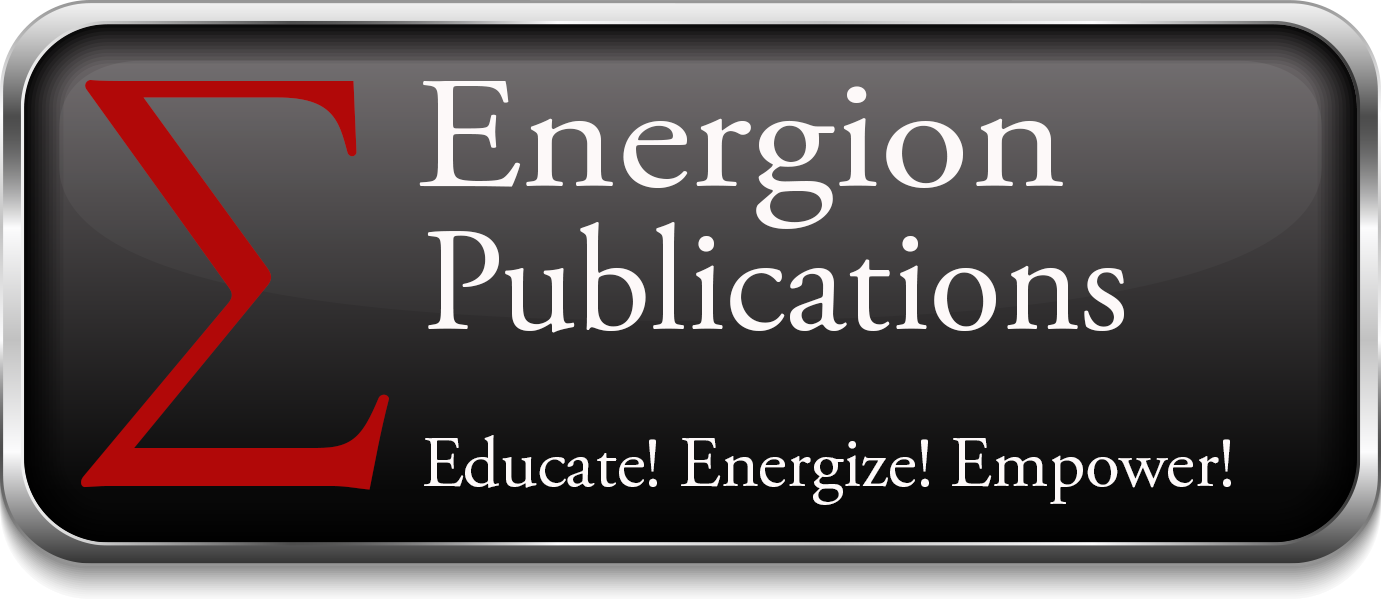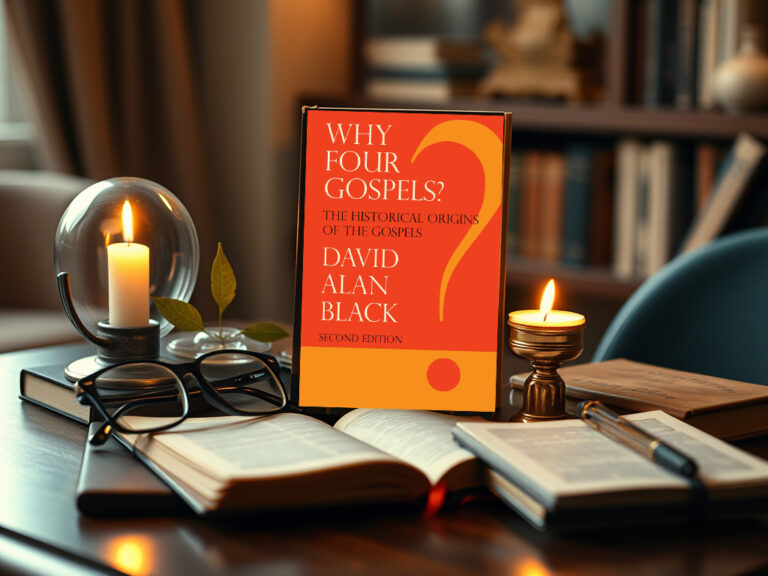How is the church to interpret the cross of Jesus today?
by William Powell Tuck
 Without question, the cross is the central symbol of Christianity. But the centrality of the cross is far more than symbolic; it represents finality– an act of God. As Paul is bold to claim, “God was in Christ reconciling the world to himself” (II Cor. 5:19). Through the central act of the cross, Jesus died once for all for the sins of humanity. Paul and other New Testament writers put the cross t the heart of their preaching and teaching. Paul declared that he delivered to the churches what he had received from earlier Christians how Christ died for our sins (I Cor. 15:3 and 11:23).
Without question, the cross is the central symbol of Christianity. But the centrality of the cross is far more than symbolic; it represents finality– an act of God. As Paul is bold to claim, “God was in Christ reconciling the world to himself” (II Cor. 5:19). Through the central act of the cross, Jesus died once for all for the sins of humanity. Paul and other New Testament writers put the cross t the heart of their preaching and teaching. Paul declared that he delivered to the churches what he had received from earlier Christians how Christ died for our sins (I Cor. 15:3 and 11:23).
Many today wonder what the death of a prophet from Nazareth, who lived two thousand years ago, has to do with them. “What could be its relevance for me now?” they ask. But I think F. W. Dillistone is correct when he boldly states in his book, The Christian Understanding of Atonement, “Indeed I am confident that there is no doctrine of the Christian faith which has more points of contact with life in the modern age.” The cross of Jesus addresses our emptiness, aloneness, suffering, pain, rejection, sins, alienation, and the questions arising out of God’s silence.
The variety of images which Paul used to write about the death of Jesus shows that the cross touches life at many places. It is my prayer that those who read these pages about the cross of Jesus will sense anew the point of contact which this cross makes with their lives. The cross of Christ is not merely an ancient event which occurred two thousand years ago, but curiously affects our present situation today.
William law, captured the truth of the centrality of the cross over 200 years ago in the following words from A Serious Call to A Devout and Holy Life:
The Christian’s great conquest over the world is all contained in the mystery of Christ upon the Cross. It was there, and from thence, that He taught all Christians how they were to come out of, and conquer the world, and what they were to do in order to be His disciples. And all the doctrines, Sacraments, and institutions of the Gospel are only so many explications of the meaning, and applications of the benefit, of this great mystery.
The New Testament is filled with many images which the various writers employ to depict the power of God which was revealed in the cross of Christ. Paul used the image of justification which he took from the law courts. He drew pictures of redemption and emancipation from the slave market, reconciliation from the image of friendship, adoption from family life, propitiation or ransom from the sacrificial system of Judaism, sanctification from their worship practices, and the view of setting person’s account right from the accounting system. Many theologians have built their theological system around one of these pictures.
But the New Testament does not give just one interpretation of Christ’s death on the cross. There are many. A casual glimpse into the New Testament discloses images of Christ’s death as sacrifice, substitution, metaphors drawn from the law courts, expiation, forensic, satisfaction, example, revelation, deliverer, representative, suffering servant, lamb, and many others.
No single one of these images contains all of the truth about what God has done in Christ’s death. All of these images underscore the great mystery involved in the God who has loved and redeemed us on the cross. The cross can never be reduced to images of legal, judicial, transferring of guilt, paying off a debt, contracts with the devil, appeasing an angry God, etc. All of these images are just illustrations of the power and mystery of what God has done in Christ on the cross. No one of these pictures can contain the whole of the mystery.
In my book, The Church under the Cross, I seek to examine the unfathomable meaning of the cross for the church today.






I just wanted to underline this point. No one of the images or metaphors should be expected to carry the full freight of meaning. If we emphasize one too much over another, we will be missing much.
Jesus paid it all. All to Him I owe. Sin had made a crimson stain. He washed it white as snow. I love that hymn. I asked Jesus into my heart in 1968, and He has written my name in the Lamb’s Book of Life. Yes, all those images help us to grasp His sacrifice for us to save us from hell and give us eternal life! Hallelujah! Thank you for your excellent explanation of the cross.
Blessings,
Nancy